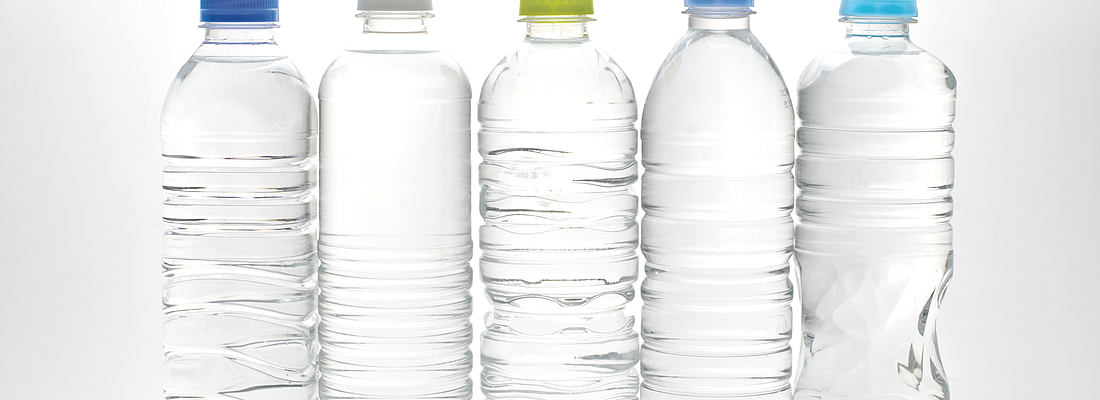
“At 14%, PET bottles hold the largest share in the global packaging industry after flexible packaging, with a volume of 3.4 trillion units,” states the report by Rosemarie Downey, Global Head of Packaging Research at Euromonitor International, which she presented at PETnology Europe 2016. And more bottles are added every year. 488 billion PET bottles were filled in 2016 – 3.2% more than in the previous year – and further growth is forecast. Small bottles in particular are booming. Rosemarie Downey reports a projected growth of almost 40% for the largest single-serve-bottle (750 ml), which is a particular favourite among consumers for sports and recreation activities. However, with a forecast growth of 110%, bottles with a volume of less than 300 ml are clearly the product of the future.
One reason behind the rise of small bottles is the opportunity to offer cool refreshments at a low price, thus making them available to everyone. This is the secret to Coca-Cola’s success in India, where the company is currently enjoying considerable growth thanks to innovative drinks packaging. The drinks bottling company has installed a number of lines from Hamburg-based KHS Corpoplast GmbH, allowing them to produce 250 ml bottles for soft drinks on site. “These small bottles allow us to reach a completely new group of buyers. At just 10 cents, almost everyone can afford to treat themselves to a Coke every now and then,” says the Chairman of KHS Professor Matthias Niemeyer.
The second most populated country in the world with over a billion potential customers, India, is one of the growth markets for the drinks manufacturer. However, the fact that they are spread across more than three million square kilometres presents its own set of challenges, as products must stay fresh while bottles are transported long distances. This is why Coca-Cola uses the so-called FreshSafe bottles for its 250 ml bottles, which have a layer of silicon oxide inside the bottle. “The 60 to 80 nanometre thick layer increases shelf life by a factor of 6, and still lets us offer a completely recyclable bottle,” reports Professor Niemeyer.
Not just Coca-Cola, but other drinks suppliers are also backing smaller bottles, confirms Carmen Rus, Area Manager at PET Engineering Srl. in San Vendemiano, and Lucia Freschi, Public Relations Manager at the Sidel Group in Parma, both based in Italy. “Demand for bottles with volumes between 200 and 330 ml is increasing, particularly in the Middle East,” comments Carmen Rus. She attributes this to a desire for the highest possible level of convenience, and remarks that the small bottles are extremely practical, especially for school children. “Flavoured water is also available now in 100 ml bottles, which are aimed towards children,” confirms Lucia Freschi. Small bottles are just as practical for adults, most notably for the elderly, thanks to their light weight. “And women will always be able to fit such a small bottle in their handbag.”
In industrialised countries, small, unbreakable bottles are often used at public events for the convenience and safety they offer. The trend towards healthy drinks also fuels the demand for small bottles. Being sold in small bottles makes health drinks easy to carry around, and gives consumers the feeling that they can do something positive for their health anytime and anywhere.
But alongside all the persuasive and reasonable arguments for small bottles, a critical angle must also be presented: The ratio of bottle weight, and thereby raw material consumption, to content is worse in small bottles than large bottles - in view of resource conservation one significant aspect.
The comPETence center provides your organisation with a dynamic, cost effective way to promote your products and services.

magazine
Find our premium articles, interviews, reports and more
in 3 issues in 2026.


